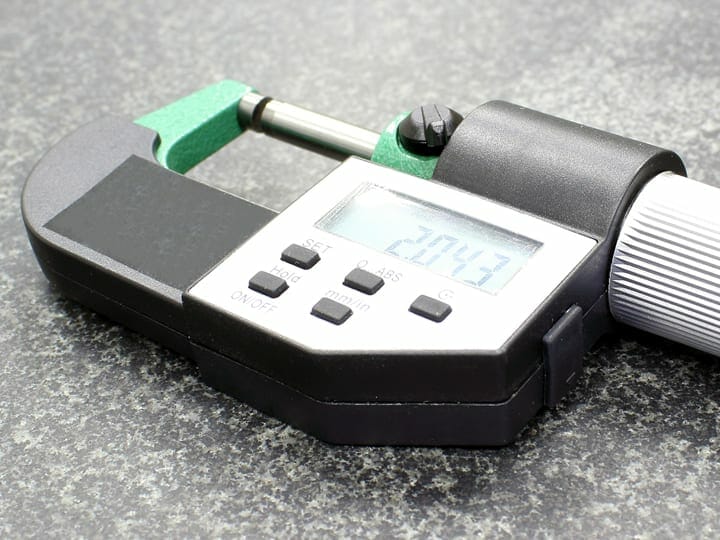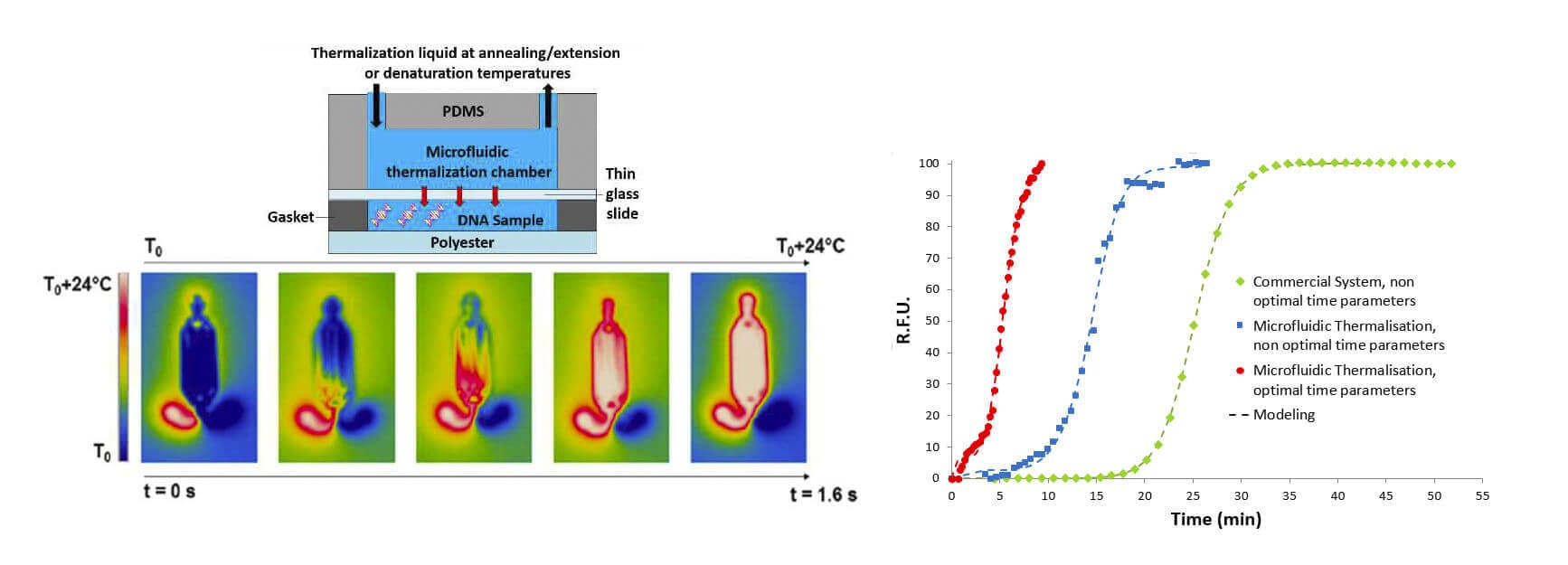


BME 790L: Advanced Topics with the Lab for Graduate Students in Biomedical Engineering. BME 590: Special Topics in Biomedical Engineering. BME 493: Projects in Biomedical Engineering (GE). BME 303L: Modern Diagnostic Imaging Systems (AC or GE). KangShien Outstanding Graduate Fellowship. Chinese Government Award for Outstanding Self-financed Students Aboard. #LAB MASTER SUPER MICROMETER PLUS#
SPIE conference Photons Plus Ultrasound 2013: Imaging and Sensing. SPIE conference Photons Plus Ultrasound 2015: Imaging and Sensing. SPIE conference Photons Plus Ultrasound 2016: Imaging and Sensing.
 OSA/Quantel Bright Idea Competition (Finalist). Photoacoustic tomography (PAT) technologies, and translating PAT advances into diagnostic and therapeutic applications, especially in functional brain imaging and early cancer theranostics. Office Location: Hudson Hall Annex 261, Durham, NC 27708. Faculty Network Member of the Duke Institute for Brain Sciences. Assistant Professor of Biomedical Engineering. With its unique contrast mechanism, high scalability, and inherent functional and molecular imaging capabilities, PAT is well suited for a variety of pre-clinical applications, especially for studying tumor angiogenesis, cancer hypoxia, and brain disorders it is also a promising tool for clinical applications in procedures such as cancer screening, melanoma staging, and endoscopic examination. On top of the technological advancements, we are devoted to serve the broad life science and medical communities with matching PAT systems for various research and clinical needs. We are interested with all aspects of PAT technology innovations, including efficient light illumination, high-sensitivity ultrasonic detection, super-resolution PAT, high-speed imaging acquisition, novel PA genetic contrast, and precise image reconstruction. Using numerous endogenous and exogenous contrasts, PAT can provide high-resolution images at scales covering organelles, cells, tissues, organs, small-animal organisms, up to humans, and can reveal tissue’s anatomical, functional, metabolic, and even histologic properties, with molecular and neuronal specificity.Īt PI-Lab, we develop PAT technologies with novel and advanced imaging performance, in terms of spatial resolutions, imaging speed, penetration depth, detection sensitivity, and functionality. PAT is the most sensitive modality for imaging rich optical absorption contrast over a wide range of spatial scales at high speed, and is one of the fastest growing biomedical imaging technologies. Our mission at PI-Lab is to develop state-of-the-art photoacoustic tomography (PAT) technologies and translate PAT advances into diagnostic and therapeutic applications, especially in functional brain imaging and early cancer theranostics. Assistant Professor of Biomedical Engineering
OSA/Quantel Bright Idea Competition (Finalist). Photoacoustic tomography (PAT) technologies, and translating PAT advances into diagnostic and therapeutic applications, especially in functional brain imaging and early cancer theranostics. Office Location: Hudson Hall Annex 261, Durham, NC 27708. Faculty Network Member of the Duke Institute for Brain Sciences. Assistant Professor of Biomedical Engineering. With its unique contrast mechanism, high scalability, and inherent functional and molecular imaging capabilities, PAT is well suited for a variety of pre-clinical applications, especially for studying tumor angiogenesis, cancer hypoxia, and brain disorders it is also a promising tool for clinical applications in procedures such as cancer screening, melanoma staging, and endoscopic examination. On top of the technological advancements, we are devoted to serve the broad life science and medical communities with matching PAT systems for various research and clinical needs. We are interested with all aspects of PAT technology innovations, including efficient light illumination, high-sensitivity ultrasonic detection, super-resolution PAT, high-speed imaging acquisition, novel PA genetic contrast, and precise image reconstruction. Using numerous endogenous and exogenous contrasts, PAT can provide high-resolution images at scales covering organelles, cells, tissues, organs, small-animal organisms, up to humans, and can reveal tissue’s anatomical, functional, metabolic, and even histologic properties, with molecular and neuronal specificity.Īt PI-Lab, we develop PAT technologies with novel and advanced imaging performance, in terms of spatial resolutions, imaging speed, penetration depth, detection sensitivity, and functionality. PAT is the most sensitive modality for imaging rich optical absorption contrast over a wide range of spatial scales at high speed, and is one of the fastest growing biomedical imaging technologies. Our mission at PI-Lab is to develop state-of-the-art photoacoustic tomography (PAT) technologies and translate PAT advances into diagnostic and therapeutic applications, especially in functional brain imaging and early cancer theranostics. Assistant Professor of Biomedical Engineering








